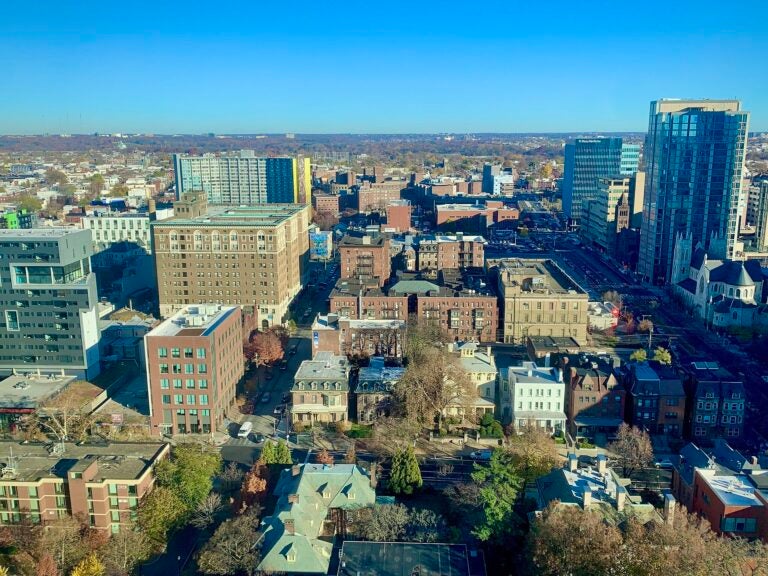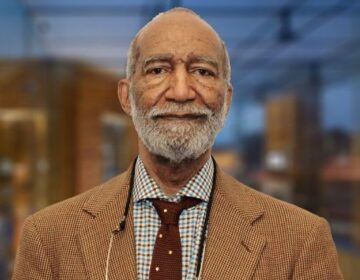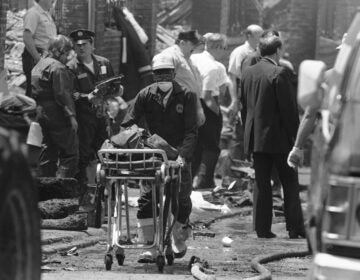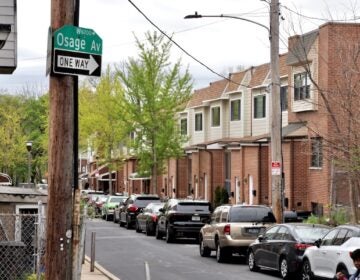Wagner course explores architecture and history of West Philadelphia
The course covers West Philly from its days as a separate municipality only accessible by ferry to the ongoing ripple effects of urban renewal.

A view of University City and West Philadelphia. (AnonymousPenguin23/Wikimedia)
Have a question about Philly’s neighborhoods or the systems that shape them? PlanPhilly reporters want to hear from you! Ask us a question or send us a story idea you think we should cover.
For well over a century, the Wagner Free Institute of Science has offered evening courses to curious Philadelphians at no charge. There’s currently a course exploring Charles Darwin’s Theory of Evolution, a course entirely focused on trees, and a course delving into the science of cosmetics.
The Wagner is also offering a series of classes that reconnect the institute to its roots.
“Back in the 1850s and ’60s and ’70s, architecture was part of science and we taught architecture classes. But we hadn’t in a long time and it had been a hope of mine and sort of a dream to go back to teaching architecture,” said executive director Susan Glassman.
Enter Bruce Laverty, a veritable encyclopedia of Philadelphia history.
Last year, the adjunct history professor taught a six-week course on the history and architecture of North Philadelphia, where the Wagner is located. This year, the focus is West Philadelphia. The first class in the series, titled “Where the West Began,” was held on Monday.
“The story of West Philadelphia is the story of Philadelphia — both for good and for bad,” said Laverty. “And I think that as we look forward to understand the future of our city as a whole, I think a closer examination of West Philadelphia and its past is warranted.”
The course covers more than 300 years of neighborhood history — from its days as a separate municipality only accessible by ferry to the ongoing ripple effects of urban renewal. Participants will also learn how the railroads and the Great Migration shaped West Philadelphia, the seven years that “American Bandstand” was nationally broadcast out of a neighborhood studio, and how higher education institutions have influenced communities.
West Philadelphia’s architecture is also on the menu, including the impact of architects like Samuel Sloan, whose residential designs can still be seen throughout the neighborhood, and the rise of the “working man’s rowhome” following the Civil War.
“There’s high-end, there’s middle and there’s working class,” said Laverty. “On the high end, you have something like Frank Furness’ Fine Arts Library…and then on the middle end you have a place like Powelton Village, which had a suburban feel.”
Laverty’s course is being held at the Parkway Central Library on Vine Street. It runs through April 29.
Going forward, Glassman said the hope is to offer similar courses on other sections of Philadelphia.

Get daily updates from WHYY News!
WHYY is your source for fact-based, in-depth journalism and information. As a nonprofit organization, we rely on financial support from readers like you. Please give today.








